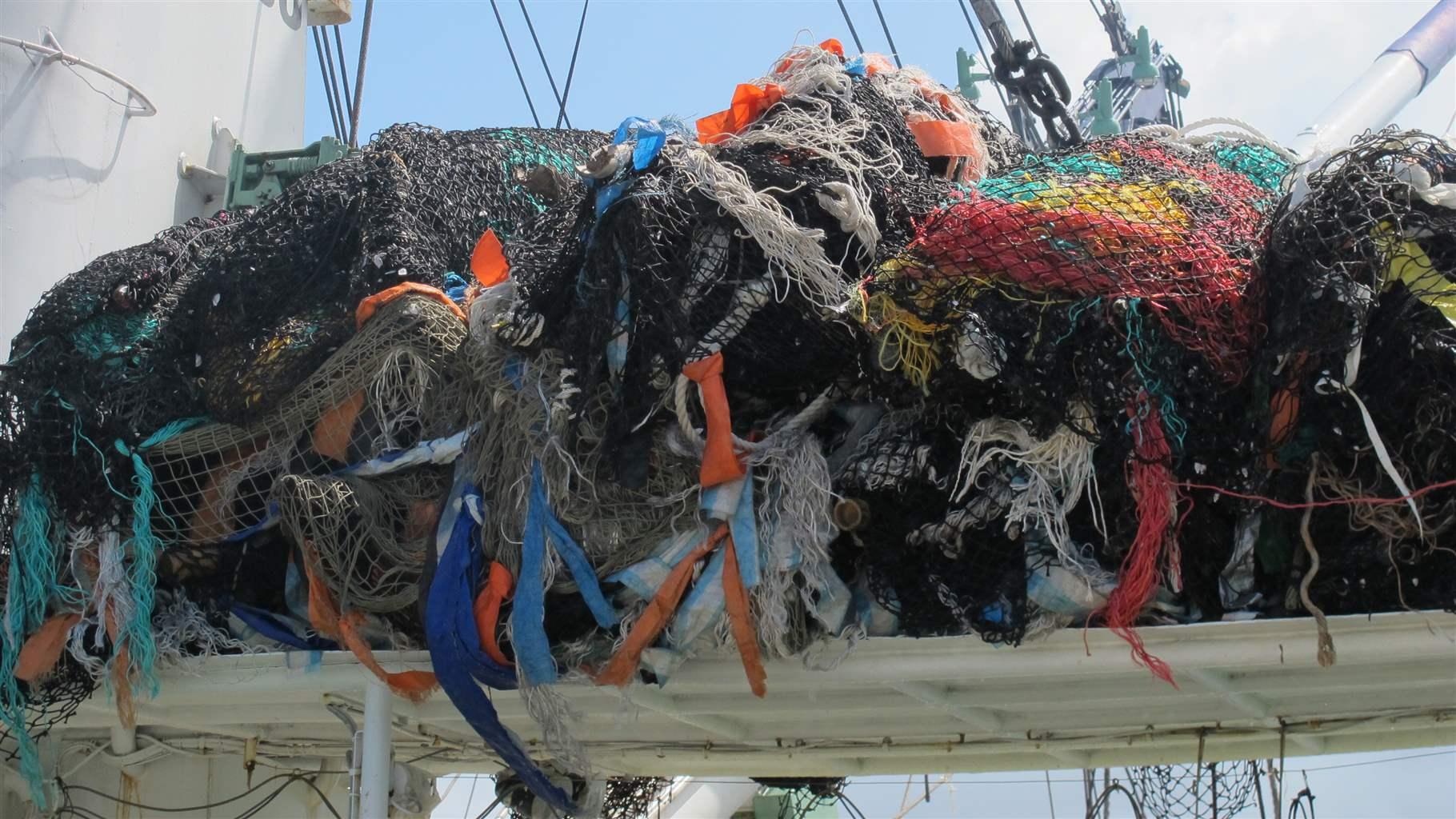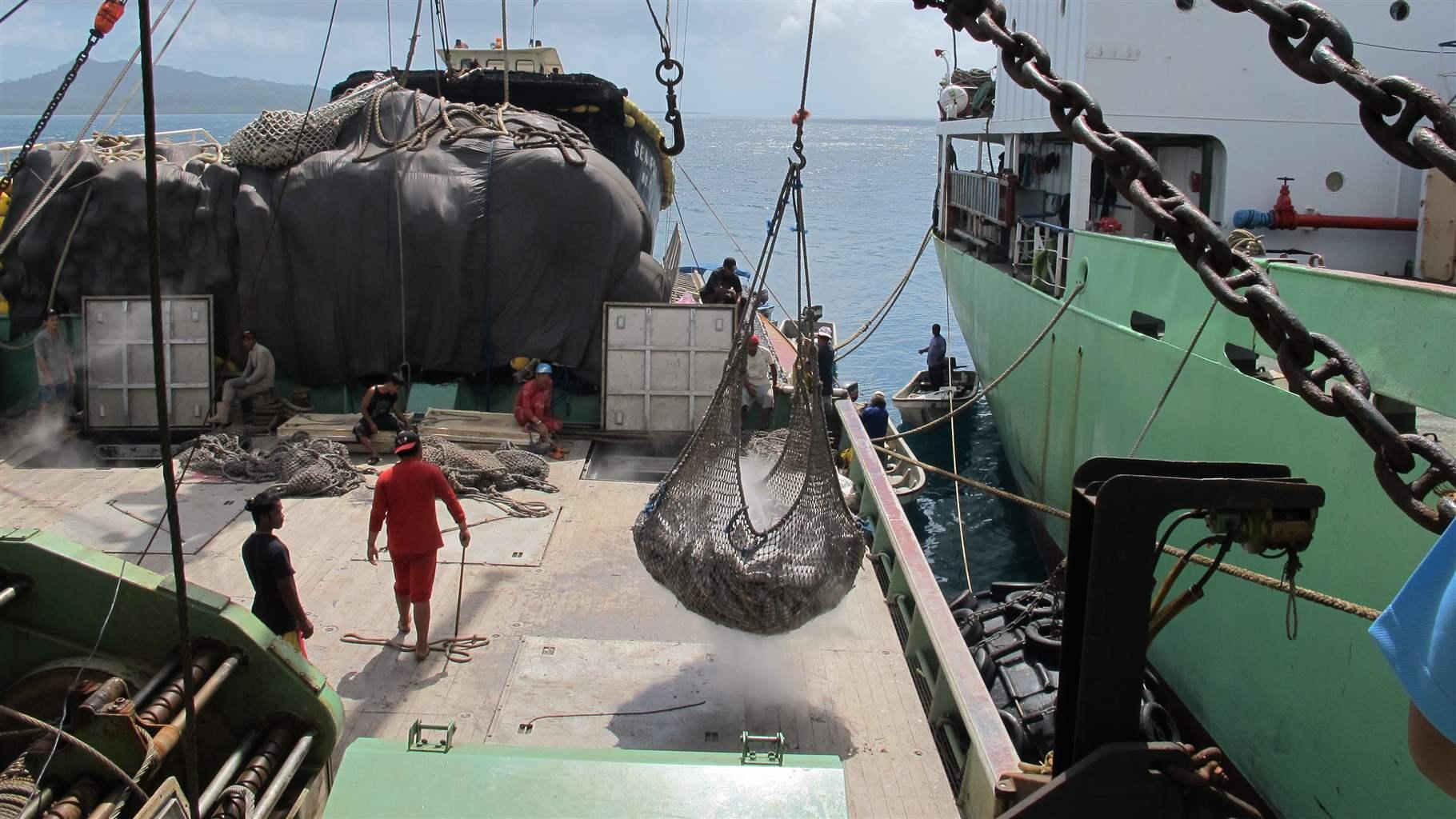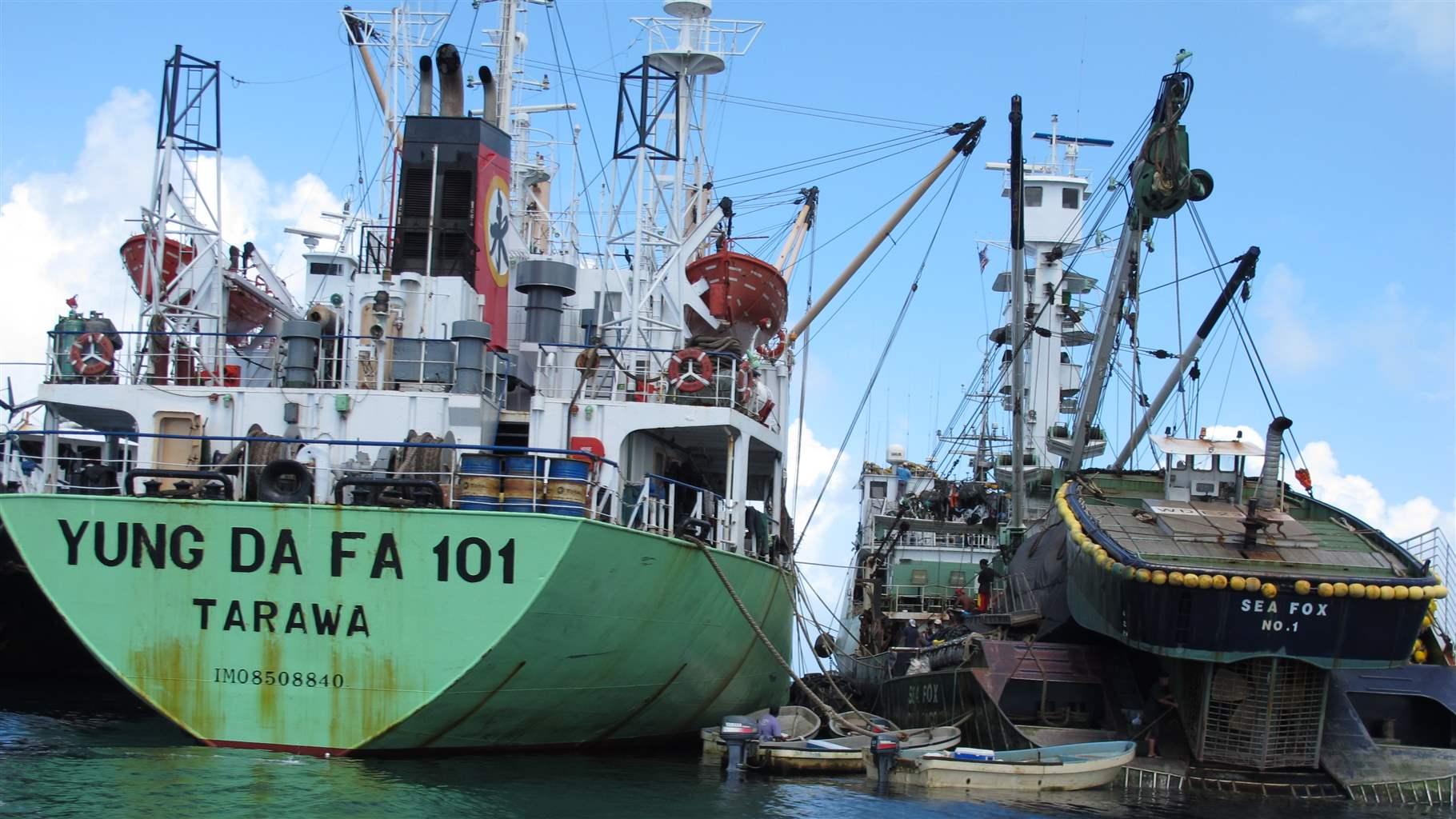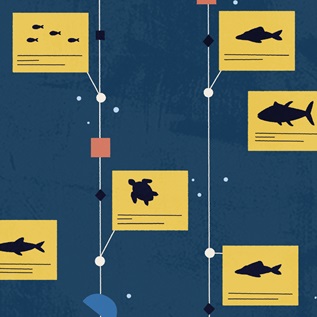WCPFC Must Commit to Science-Based Management, Long-Term Sustainability
15th annual meeting, 10-14 December 2018, Honolulu, Hawaii, U.S.
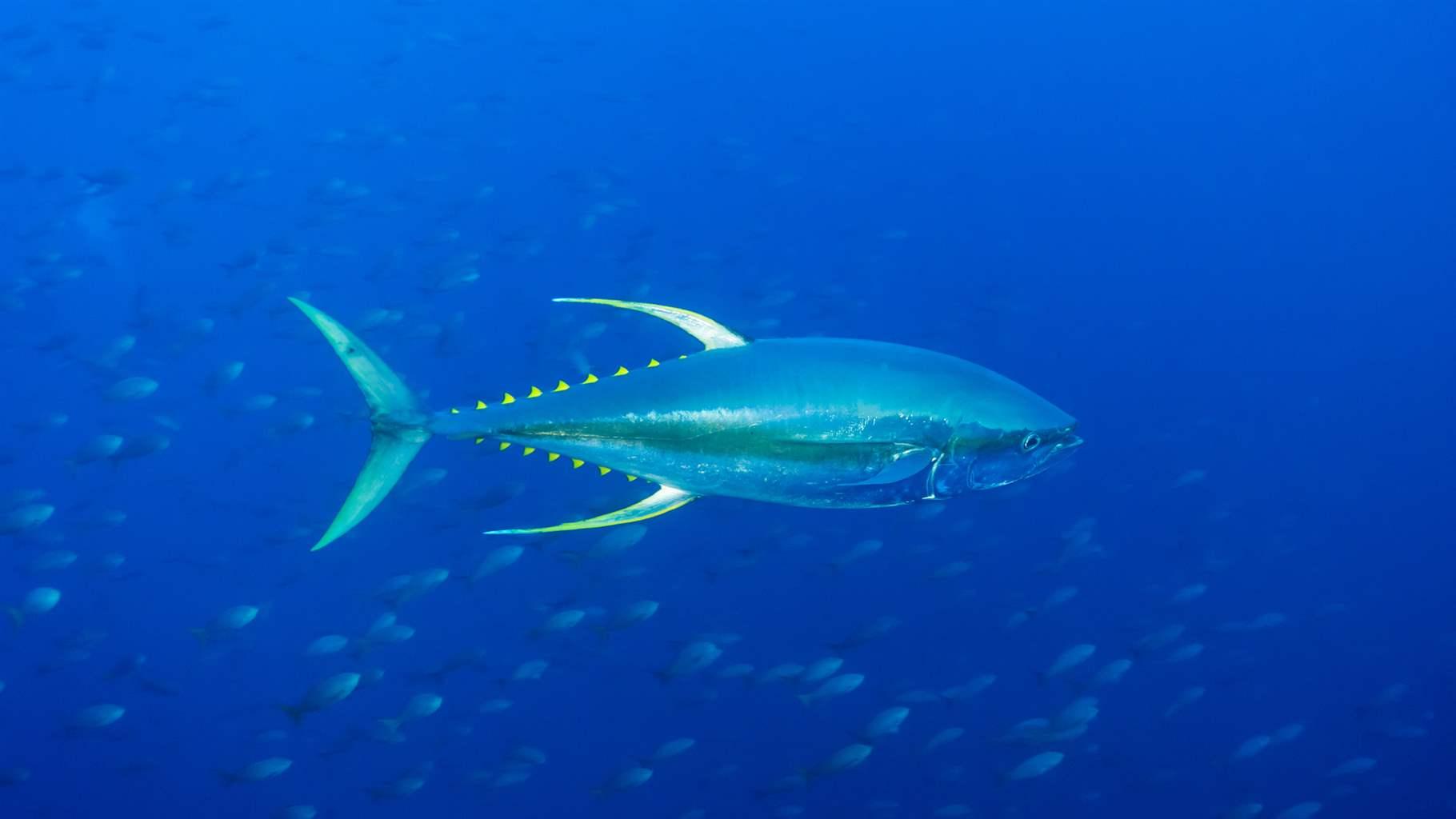
Overview
The Western and Central Pacific Fisheries Commission (WCPFC) is responsible for the effective long-term conservation management of highly migratory fish stocks, including tunas and sharks, in the western and central Pacific Ocean.
The Pew Charitable Trusts calls on members, cooperating members, and non-members to take the following critical actions at the 15th annual meeting of the Commission from 9-14 December 2018 in Honolulu, Hawaii, U.S.1
Agree on steps to further develop harvest strategies.
Although some progress has been made in developing elements of harvest strategies for different tuna species, the WCPFC must continue to follow its workplan. The next step would be to agree on a precautionary target reference point (TRP) for South Pacific albacore, even if only on an interim basis.
In addition, the Commission should clarify management objectives for bigeye and yellowfin as it prepares to adopt TRPs for those stocks next year. In doing so, members must specify that the acceptable risk of breaching the limit reference point (LRP) should be 5 percent or less, in keeping with the United Nations Fish Stocks Agreement.
Finally, the WCPFC should create a harvest strategy development working group, as recommended by the Scientific Committee (SC), to improve the dialogue among scientists and managers on the elements of harvest strategies.2 The working group should be empowered to hold informal sessions to facilitate open dialogue and capacity building, as well as formal sessions to make recommendations directly to the Commission.
Reduce the impacts of fish aggregating devices (FADs).
The WCPFC should seize an opportunity to improve the management of FADs in Pacific waters. The Commission should adopt the minimum guidelines on non-entangling FADs developed by the FAD Working Group—but require that they be followed.3 That would bring the WCPFC to the standard set by other tuna regional fisheries management organizations (RFMOs). In addition, the WCPFC should reduce the limit on the number of FADs that vessels can have in the water at one time, work to reduce plastic in FADs, and task the working group with recommending strategies for better control and retrieval of FADs.
These steps would align with the advice of the SC. Research presented to the committee this year found that at least 26 percent of deployed FADs could be considered “lost,” while at least 5 percent wash up on shores or reefs.4 In addition, ocean areas with greater densities of FADs may experience reduced catch per unit of effort for tunas, indicating potential fragmentation of schools.5
Ensure that bigeye tuna are managed for long-term sustainability.
The tropical tuna bridging measure, Conservation and Management Measure (CMM) 2017-01, specifies that the spawning biomass of bigeye tuna be maintained at or above the average of the ratio between current biomass levels and the levels that would exist in the absence of fishing for adult fish (SB/SBF=0) for 2012-15, pending agreement on a future TRP for the stock.6 This year, the WCPFC will re-examine key provisions of that measure, including the length of the FAD closure and the longline catch limit scheme for bigeye. The Commission must maintain that spawning biomass, ensure a very low probability of breaching the LRP, and minimize the probability that overfishing could occur. Further, in the purse seine fishery, the WCPFC should replace the FAD closure period with science-based limits on FAD sets, which would provide greater control over juvenile and small-bigeye mortality.
Adopt an effective and transparent compliance monitoring scheme (CMS).
Achieving sustainable fisheries requires a robust compliance scheme. With the existing CMS set to expire in 2018, the WCPFC must adopt a new one to ensure that it can assess Commission members’ compliance with WCPFC obligations. The CMS should support Commission objectives fully and transparently.
To that end, Pew urges that the new scheme require that flag States provide information on allegations of non-compliance with Commission measures, the actions taken by States in response, and the final disposition. The system should include a protocol for the Technical and Compliance Committee (TCC) to review investigations and responses. Pew also urges that observers be permitted in compliance discussions among member States, as allowed by the WCPFC Convention. In addition, the Commission should commit to developing, agreeing on, and implementing penalties for serious and/or persistent non-compliance.
Reform transshipment at sea.
Transshipment at sea continues to provide opportunities for misreporting and laundering illegal, unreported, and unregulated (IUU) catch. Pew calls for a ban on transshipment at sea in the Convention area until best practices are implemented to increase transparency and ensure a strong, legal, and verifiable seafood supply chain.
This year, the TCC recommended that the Commission review the existing transshipment measure (CMM 2009-06) as a priority item in 2019.7 Pew urges the Commission to establish an intersessional working group to guide this effort before next year’s TCC meeting.
The revised measure should include the following best practices:
- Put in place consistent, near-real-time transshipment reporting requirements for all vessels and areas within the Convention area, including all transfers of catch that occur in port or within national exclusive economic zones.
- Require that transshipment authorizations and declarations be sent to all relevant authorities, including the secretariat, and that carrier vessels notify the secretariat of their intent to transship WCPFC-managed species when entering the Convention area.
- Require all vessels involved in transshipment activities to carry observers who provide independent observer reports directly to the secretariat.
In addition, WCPFC should:
- Develop strict guidelines to limit the number of vessels that can transship under the “impracticable” exemption.
- Establish or strengthen formal transshipping data-sharing agreements with neighboring RFMOs and the companies that provide on-board observers to their vessels.
Increase longline observer coverage and electronic monitoring (EM).
Technological advances, coupled with more cost-effective EM systems, can help improve fisheries management and ensure high levels of compliance with CMMs. Many WCPFC member States have embraced these technologies as effective management tools for their domestic fisheries. Pew calls on Commission members to support the work of the ERandEM Working Group in developing EM standards. The Commission also should commit to requiring 100 percent observer coverage on longline vessels—as now required on purse seine vessels—by complementing on-board human observers with EM once standards have been adopted.
Extend the International Maritime Organization (IMO) number requirement.
Member States have made great progress in providing IMO numbers for most active eligible vessels, although gaps remain. Member States should ensure that no vessels required to have IMO numbers are fishing without them. IMO numbers should be clearly included in all vessel records. In addition, Pew urges the Commission to extend the requirement for IMO numbers to include motorized inboard fishing vessels of less than 100 gross tonnes down to those at least 12 meters in length overall. The requirement should apply to all vessels authorized to fish in the Convention area beyond national jurisdiction, in accordance with the recommendation made by the 14th regular session of the TCC.
Enhance the IUU fishing vessel list.
Today, those found to be engaged in IUU fishing can be added to the IUU vessel list only once a year. That means these vessels can operate unhindered until the Commission meets and action is taken to list them. The WCPFC permits vessels to be removed from the IUU vessel list between annual meetings and should also permit adding to the list intersessionally.
Implement port State measures.
At its last meeting, the WCPFC boosted efforts to fight IUU fishing with the adoption of minimum standards for port State measures (PSMs), a cost-effective approach to preventing illegally caught fish from entering the market. Implementation of CMM 2017-02, which spelled out those processes and procedures, is now key.8 In the run-up to the Commission meeting, every port CCM should designate a port, or ports, for inspection by port authorities of vessels suspected of engaging in IUU fishing or fishing-related activities, and identify the national contact point for PSMs. Pew encourages the Commission, through the 12th Finance and Administration Committee, to define the funding mechanism to support small island developing States and participating territories in applying PSMs, and to ensure that capacity assistance is streamlined with other initiatives within the region and globally.
Strengthen conservation and management of sharks.
The WCPFC must make reducing shark mortality an urgent priority. Until measures are in place to ensure that both targeted and incidental catch of sharks is sustainable, harvest of these species should be avoided. Management measures, such as prohibitions or catch limits, should reflect the precautionary principle, especially when limited population data results in uncertain stock assessments. Fishing gear that increases the likelihood of shark catch, such as wire leaders and shark lines, should be prohibited. The Commission also should require that fins be naturally attached when sharks are landed.
A Pacific-wide assessment for the bigeye thresher shark shows that management action is needed for this vulnerable species. Prohibiting retention of these sharks also would help member States meet their requirements for the Appendix II listing on the Convention on International Trade in Endangered Species of Wild Fauna and Flora.
Pew welcomes the work undertaken to develop an overarching shark CMM to help the WCPFC better manage both targeted shark fisheries and incidental catch, and hopes that it can be concluded this year.
Conclusion
Although the WCPFC has made some progress towards science-based management of some tuna fisheries and in the fight against IUU fishing, more needs to be done to ensure the health of the tunas and sharks under its purview. By implementing these recommendations, the Commission and would take important steps towards sustainably managed Pacific fisheries.
Endnotes
- Western and Central Pacific Fisheries Commission, “15th Regular Session of the WCPFC” (2018), https://www.wcpfc.int/meetings/15th-regular-session-wcpfc.
- Western and Central Pacific Fisheries Commission, “SC14 Outcomes Document” (2018), https://www.wcpfc.int/node/31774.
- Western and Central Pacific Fisheries Commission, “FADMO-IWG-03 Adopted Recommendations” (2018), https://www.wcpfc.int/system/files/FADMO-IWG-03%20Recommendations.docx.
- Lauriane Escalle et al., “Report on Analyses of the 2016/2018 PNA FAD Tracking Programme,” Western and Central Pacific Fisheries Commission (2018), https://www.wcpfc.int/node/30938.
- Lauriane Escalle et al., “Estimates of the Number of FADs Active and FAD Deployments Per Vessel in the WCPO,” Western and Central Pacific Fisheries Commission (2018), https://www.wcpfc.int/node/30939.
- Western and Central Pacific Fisheries Commission, “Resolution on the Provisional Application of CMM 2017-01” (2017), https://www.wcpfc.int/doc/resolution-2017-01/resolution-provisional-application-cmm-2017-01.
- Western and Central Pacific Fisheries Commission, “Outcomes Document—Agreed” (2018), https://www.wcpfc.int/system/files/TCC14-2018-outcomes%20TCC14%20outcomes%20document%20clean%20version.pdf.
- Western and Central Pacific Fisheries Commission, “Conservation and Management Measure on Minimum Standards for Port State Measures” (2017), https://www.wcpfc.int/doc/cmm-2017-02/conservation-and-management-measure-minimum-standards-port-state-measures.


America’s Overdose Crisis
Sign up for our five-email course explaining the overdose crisis in America, the state of treatment access, and ways to improve care
Sign up